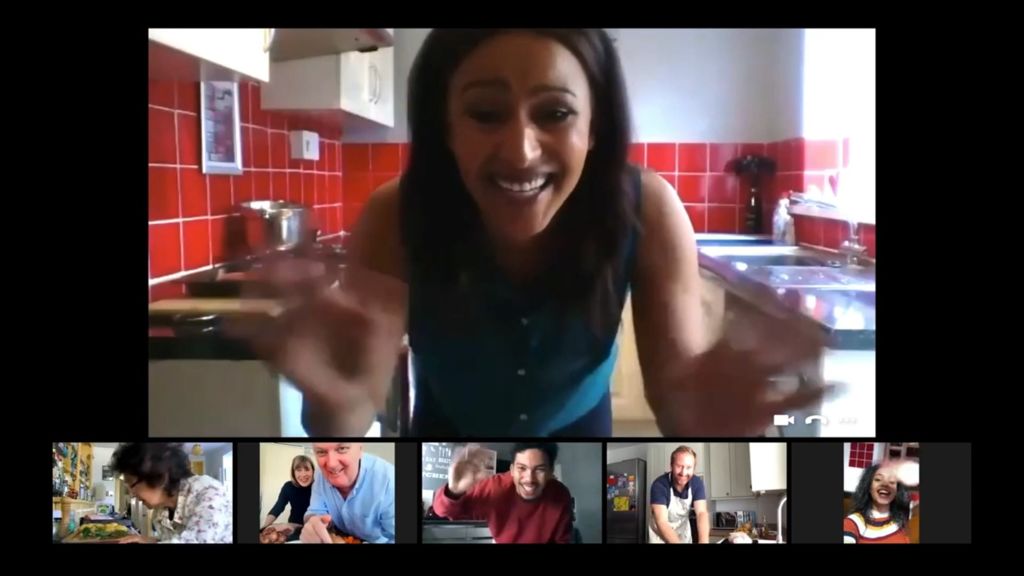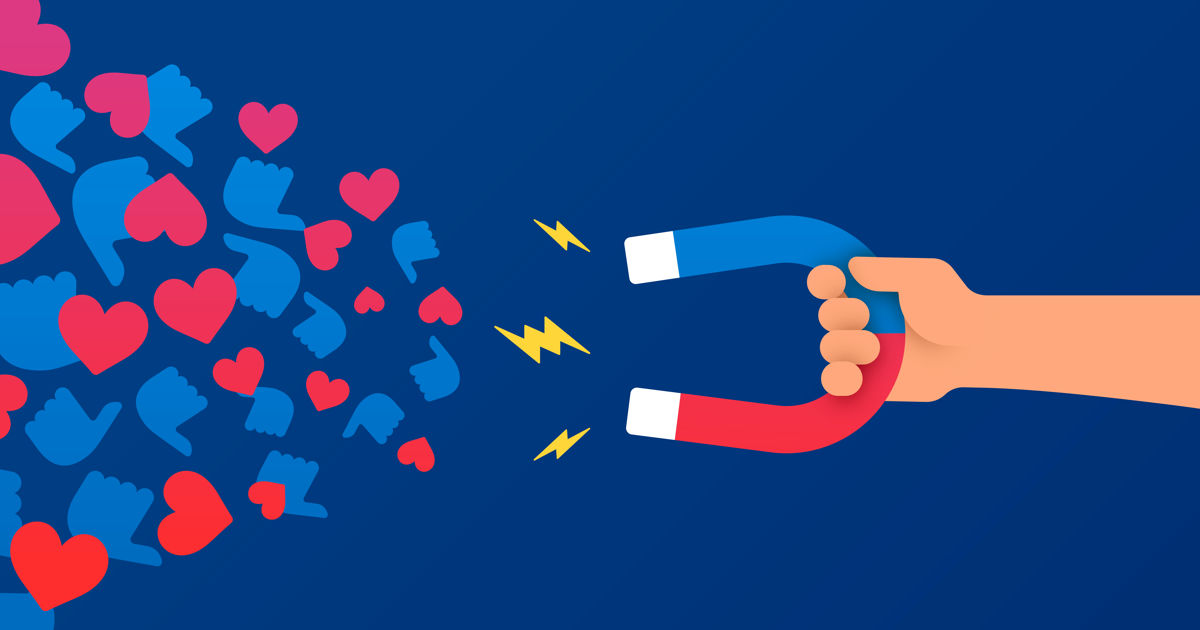Don't underestimate the influence of influencers
While influencer marketing isn't new, its magnetic effect will have a sizeable impact on the future of advertising, says Ellie Hooper, Head of Client at The Goat Agency, especially if brands afford it the same level of respect as other channels.
Anyone who works in influencer marketing will have heard the below sorts of arguments before;
“Influencer marketing is the wild west of the ad industry”
“I can’t measure influencer so I only include it as an add on”
Most of us spend more time on social media platforms than on more traditional media channels.
It’s frustrating, but many marketers still have a preconceived idea of influencer marketing based on their perception from five years ago, not from how it operates now. And, despite the fact that data shows most of us spend more time on social media platforms than on more traditional media channels, the average media budget doesn’t seem to reflect this, with ad spending on television predicted to outstrip influencer by nearly ten to one in 2024.

Above: Data shows most of us spend more time on social media platforms than on more traditional media channels.
Don’t get me wrong, I understand the importance of every channel in the media plan; television sets are still present in most homes, display advertising can offer powerful and relevant reach, brand-paid social continues to deliver strong performance for brand objectives... I could go on!
But influencer should be afforded the same level of respect (and appropriate budget) as these other channels, and I believe that 2024 is the year where brands will start to agree as well. And, if they don’t, they’re missing out on a huge opportunity to create a strong, holistic media mix.
Creators connect emotionally with their audience, being part of the community they speak to.
Right now, many media planners and brands still see influencer marketing as intangible, PR-adjacent activity. Here’s why that’s wrong.
Influencer is performance driven and measurable
There is no shortage of data to demonstrate the full-funnel impact of influencer. Creators connect emotionally with their audience, being part of the community they speak to. But this emotional resonance isn’t intangible, mystical or magical, it’s reflected in the numbers.
Having worked across thousands of creator campaigns, there is enough data on individual creators, brand outcomes, ‘types’ of creator, audiences and more to leverage creator content at every stage of a campaign. There are data-led solution that stores the data of every creator, every campaign, every cost per and every result. It’s the backbone of the work we at The Goat Agency do.
Above: The Goat Agency worked with TikToker Max Balegde on a campaign for Odeon.
Take, for instance, some recent, award-winning work we did with ODEON, which wanted to expand its social presence across TikTok. What started off as an ambition to gain market share became a full, revenue-driving approach with data at the heart of it. We identified, nurtured and grew core and opportunity audiences, optimising and responding along the way to performance analytics and sentiment to plug gaps and improve metrics.
Influencer and social commerce is coming into its own as a fully-fledged sales channel.
As with any channel, influencer should start with the wider goals of the campaign and the planning should be anchored in helping achieve these aims. So, rather than an add-on, influencer becomes always-on.
Influencer can impact your bottom line
Influencer marketing now has an even bigger impact on direct sales thanks to recent advancements in social commerce capabilities. These advancements make it easy for viewers to make a seamless purchase, even as they watch a creator, whether it’s TikTok shop, Pinterest, Instagram shopping, live streams... We’re seeing more and more purchases driven directly from social and creator content.
Creators have long boasted affiliate links, but influencer and social commerce is coming into its own as a fully-fledged sales channel, and we are only just scratching the surface of what’s possible. A solid, social-based commerce plan with, for example, co-branded shopping spaces, can make influencer campaigns the point of sale, too. Get ahead of this now - we’ve still not got anywhere near the point of maturity, so be an early adopter, reap the rewards and expand your point of contact with consumers.
Credits
powered by
- Agency BBH/London
- Production Company Black Sheep Studios (In-House at BBH/London)
- Director Jon E Price
-
-
Unlock full credits and more with a Source + shots membership.
Credits
powered by
- Agency BBH/London
- Production Company Black Sheep Studios (In-House at BBH/London)
- Director Jon E Price
- Design Director Rob Wilson
- Creative Ben Edwards
- Creative Guy Hobbs
- Creative Director Tom Drew
- Producer Georgina Kent
- Producer Victoria Keenan
- Editing Trim
- Post Production The Mill/London
- Sound Design Factory
- Executive Producer Dan Keefe
- Producer Sophie Dewey
- Assistant Director Dan Precious
- DP Harry Wheeler
- Editor Elise Butt
- Post Producer Thom Godsill
- Sound Designer Phil Bolland
- Music Supervisor Hywel Evans

Credits
powered by
- Agency BBH/London
- Production Company Black Sheep Studios (In-House at BBH/London)
- Director Jon E Price
- Design Director Rob Wilson
- Creative Ben Edwards
- Creative Guy Hobbs
- Creative Director Tom Drew
- Producer Georgina Kent
- Producer Victoria Keenan
- Editing Trim
- Post Production The Mill/London
- Sound Design Factory
- Executive Producer Dan Keefe
- Producer Sophie Dewey
- Assistant Director Dan Precious
- DP Harry Wheeler
- Editor Elise Butt
- Post Producer Thom Godsill
- Sound Designer Phil Bolland
- Music Supervisor Hywel Evans
Above: The Covid pandemic saw brands such as Tesco forced to embrace social more readily, helping such campaigns find a bigger audience.
The future of influencer is cross-channel
I mentioned TV and display earlier, but I might have had a hidden agenda because creator content can be used across those formats - and many others - in an effective cross-channel strategy. This is where I think the future success of influencer lays.
We saw creator content break out from the walls of social during the pandemic, when many brands that couldn’t access studios and collaborate with teams to create their usual high-production campaigns looked to creators. That period produced some incredible creator-led TV ads, like the ones from Tesco.
More and more brands are applying a social/influencer-first mindset to media planning.
As with many pandemic habits, the success of using creator-led content on other channels has stuck. This has led to partnerships like our own with Amazon Ads (humble brag, but currently the only agency to have this offering) to start using creator-led, shoppable content across Amazon’s ad suite, meaning brands can now target and retarget customers across the web, and on Amazon.com, with high-performing creator content. Cross-channel meets commerce - all utilising the high performance of influencer.
I’m very excited and optimistic about the future of influencer marketing. More and more brands are applying a social/influencer-first mindset to media planning, which is very encouraging to see.
What I would hate to see, however, is any backtracking on influencer strategy. Too often we see that, when budgets get squeezed, influencer is the first thing to go. This means brands are missing an integral piece of the overall customer journey jigsaw. To avoid this happening we need two things: a mindset shift in promoting influencer to the top of the pile, and also brands building out more case studies internally to prevent this from happening in future.
)




 + membership
+ membership







